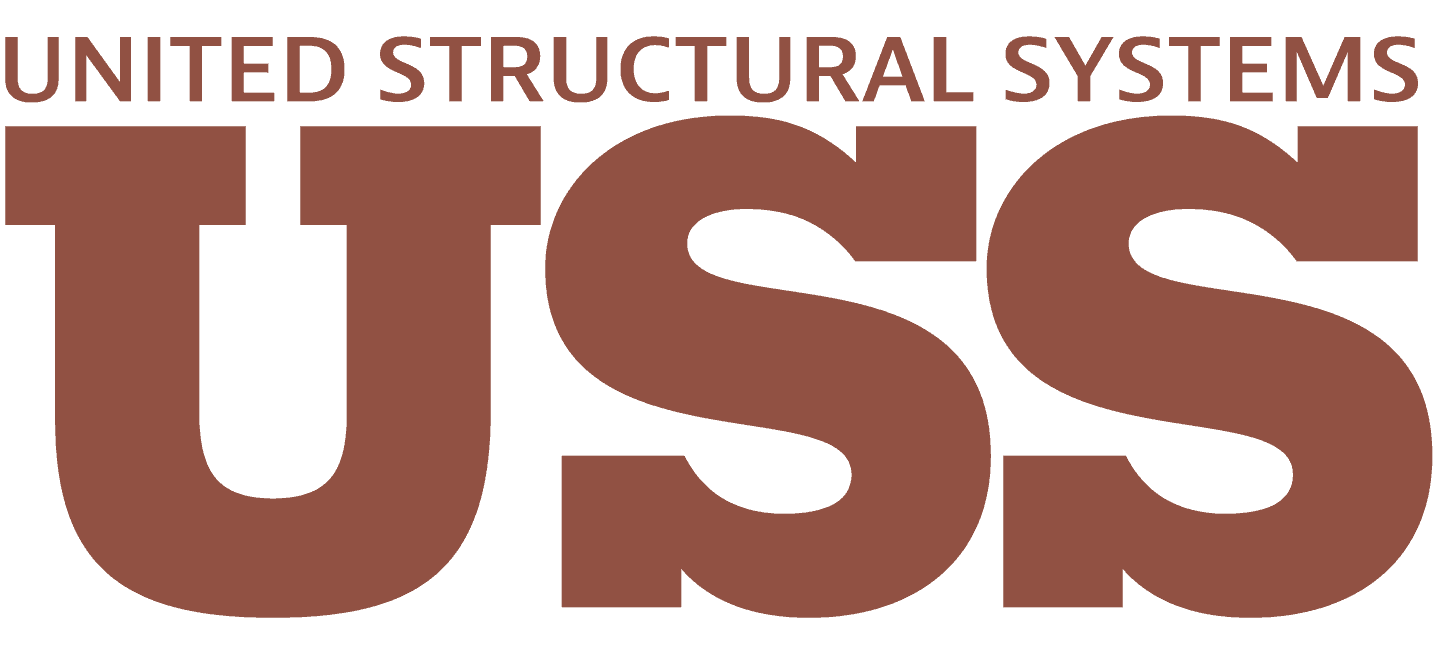
Resources
.2312151003550.jpeg)
Industry experts acknowledge piering, or underpinning, as the most effective foundation repair method to correct foundation settlement in the Middle Tennessee, Southwestern Kentucky, and Northern Alabama regions. Homeowners rarely see the effects of shifting soil beneath their homes until the damage begins. As a result, a lot of properties require underpinning to stabilize their home or fix foundation problems like stair step cracks and windows pulling away from the brick.

As the main tools used for foundation underpinning, foundation piers are long, heavy-duty steel shafts driven deep into the ground to provide your foundation with a solid footing. Once they’re anchored to a solid layer below, the piers hold the full weight of your home, meaning that settling soil around the foundation no longer causes the whole structure to sink, tilt, or crack.
Because most foundations experiencing settlement can be stabilized with foundation piers, and some lifted to original grade, underpinning with piers has become the number one foundation repair solution. This article will highlight the foundation pier as the key to fix foundation problems in homes with cracks in brick and other common symptoms of differential settlement.
Push piers are designed and load-tested to stabilize a structure or correct foundation settlement. Foundation push piers, or steel resistance piers, push deep into the earth until they encounter the point of resistance, hence their names. As they are driven into the ground, these steel piers maintain the strength to reach solid bedrock or other load-bearing strata to properly support a home’s foundation. Distinct advantages to using steel push piers include:
In addition to foundation push piers, there are also helical piers. Helical piers follow the same concept as push piers, except they have helices along the shaft that are rotated into the ground, like a giant screw. The type of soil often determines whether your foundation requires push or helical piers.

Two major components make up the advantageous steel foundation pier: the foundation bracket and the tubular pier sections*. These steel pier sections range from 2-7/8 to 4 inches in diameter, depending on the anticipated loads, and are driven or pushed below the ground surface using a hydraulic system and drive stand. Companies like USS utilize American-made, contractor-grade steel pier components, manufactured by Titan Products, Inc. with state-of-the-art robotic and laser precision technologies, in their lifetime warrantied steel push piers.

Foundation brackets, engineered to match numerous project demands, are also constructed of steel. Typically, foundation push pier brackets exceed the required capacity to correct the majority of settled residential and commercial foundations. Additional foundation brackets are specifically designed for anticipated loads over and above the average project, like multi-storied housing complexes and commercial buildings needing stabilization.
It is surprisingly quick to install steel push piers. Often the work can be completed in just a couple of days depending on the size and accessibility of the jobsite. First, some excavation must be done around the foundation. The conditions of an installation area, like a tight crawl space that requires interior push piers, determine whether or not excavation is carried out by hand digging or by excavator. Once holes are dug for the piers, the foundation brackets are placed under the foundation. At that point, steel push piers are driven deep into the earth until they reach solid support, a point of refusal, or bedrock. The weight of the structure can then be transferred onto the steel piers and stabilization of the foundation can be achieved.

A standard six step installation process for steel push piers is as follows:
Once cleanup ensues, installation is complete. Landscaping or other components of the structure, like decks, stairs, or concrete, may be replaced following installation if they were removed to accommodate the steel push pier installation. Homeowners may choose to subcontract this additional work to the foundation repair company or carry out this step on their own to complete the finish work.

Underpinning with steel push piers, or resistance piers, strengthens the foundation of an existing structure and provides the stability that a home needs. With the added support of foundation steel push pier installation, your home can become stronger than it was when first built! Contact a reputable foundation repair company like USS if you would like a free estimate for foundation push pier installation and stabilize your home for a lifetime.
We offer financing plans, accept major credit cards and personal checks.
Our customer reviews speak for themselves.